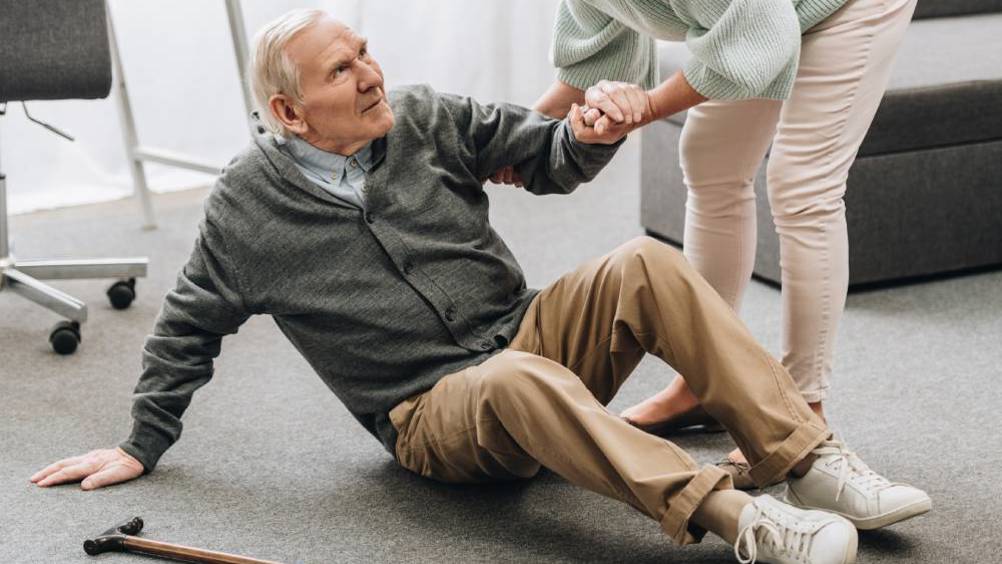References

Abstract
Falls among older people are a major public health challenge, because the sequelae of falls can be severe, both in terms of mental and physical health repercussions. Building on an earlier article that discussed the reasons why older people fall, this article describes the interventions that may help reduce falls among older people. Four interventions which could be applied within UK community settings, namely, the Otago programme, the falls management exercise programme, tai chi and home assessment and modification are outlined here. District nurses are well placed to contribute to a reduction in falls among older people by identifying those susceptible to fall risks among their clients and putting in place the necessary interventions to minimise them.
The Public Health Outcomes Framework 2019/20 (Public Health England (PHE), 2019) reported that there were nearly a quarter of a million emergency hospital admissions for people aged 65 years and over related to falls, with two-thirds of these admissions being for people aged 80 years and over, causing a significant cost to the NHS and at a personal level to the individuals who experience a fall. Hospital costs are not the only cost of falls, because a substantial number of those who fall are unable to return to independent living and are discharged to care homes, and many of those who do manage to return to their own homes may have a fear of falling, which causes a reduction in activity levels and a consequent loss of strength, in turn resulting in a greater risk of future falls and an increased need for community support from relatives, social care and health services (PHE, 2018).
Register now to continue reading
Thank you for visiting Community Nursing and reading some of our peer-reviewed resources for district and community nurses. To read more, please register today. You’ll enjoy the following great benefits:
What's included
-
Limited access to clinical or professional articles
-
New content and clinical newsletter updates each month

